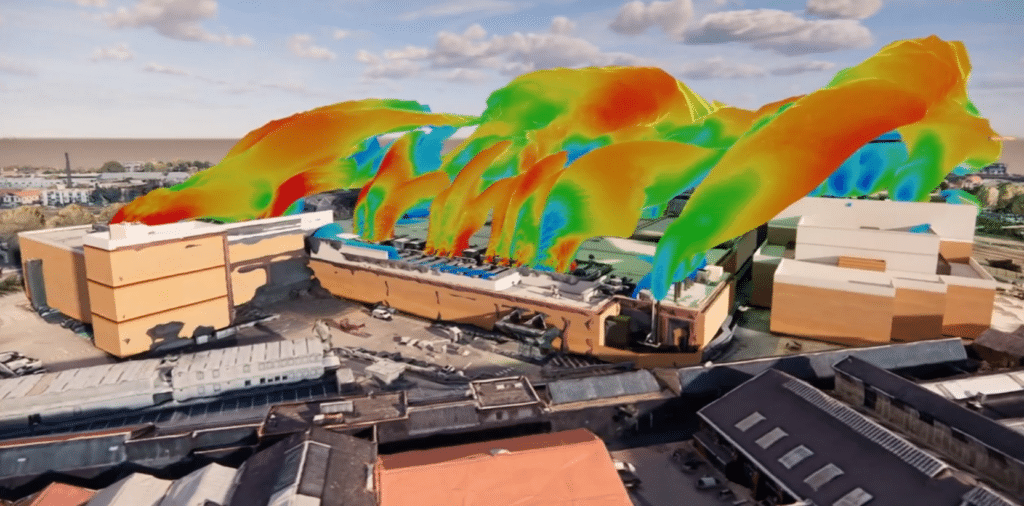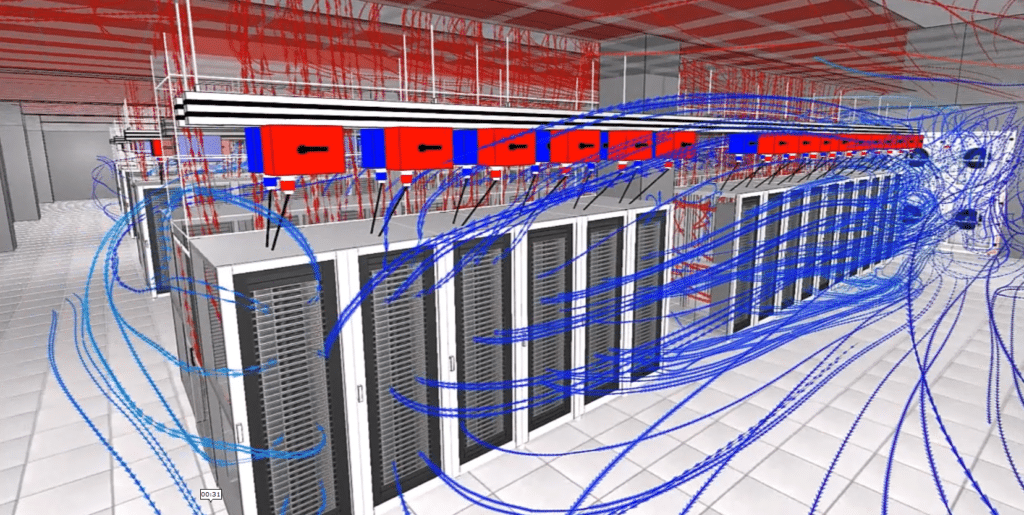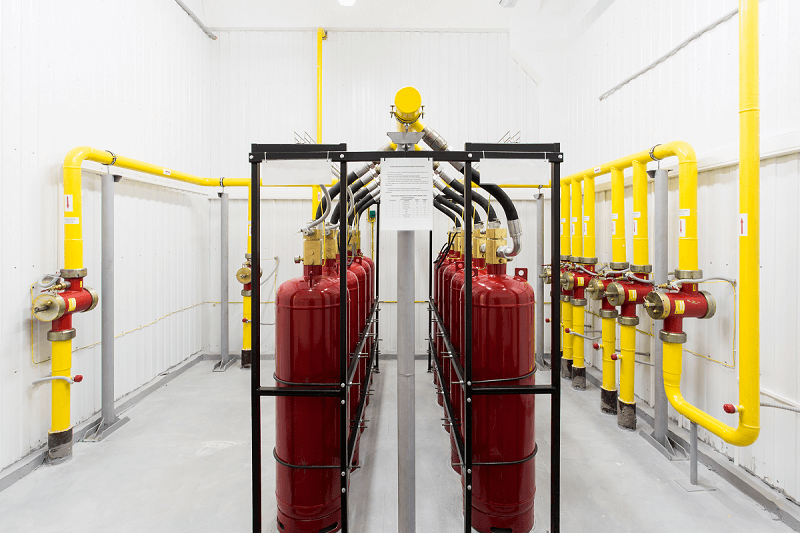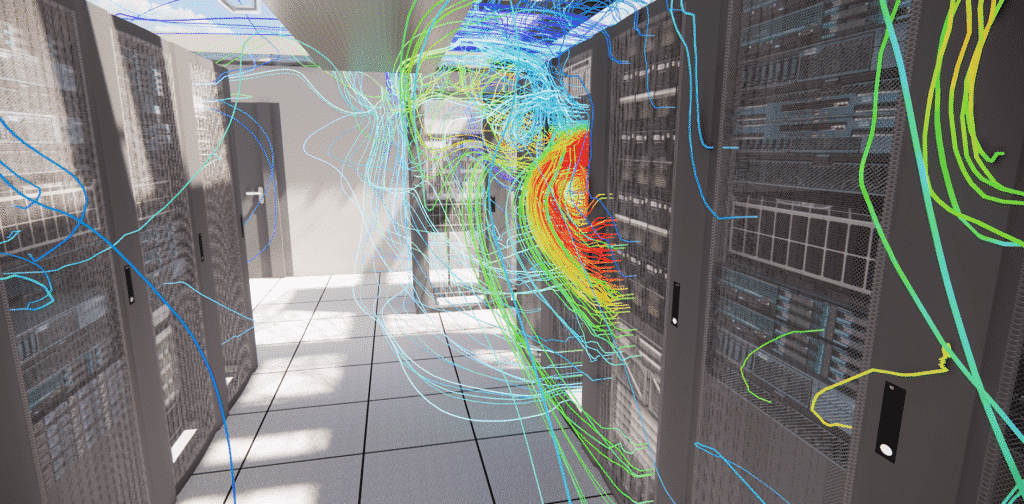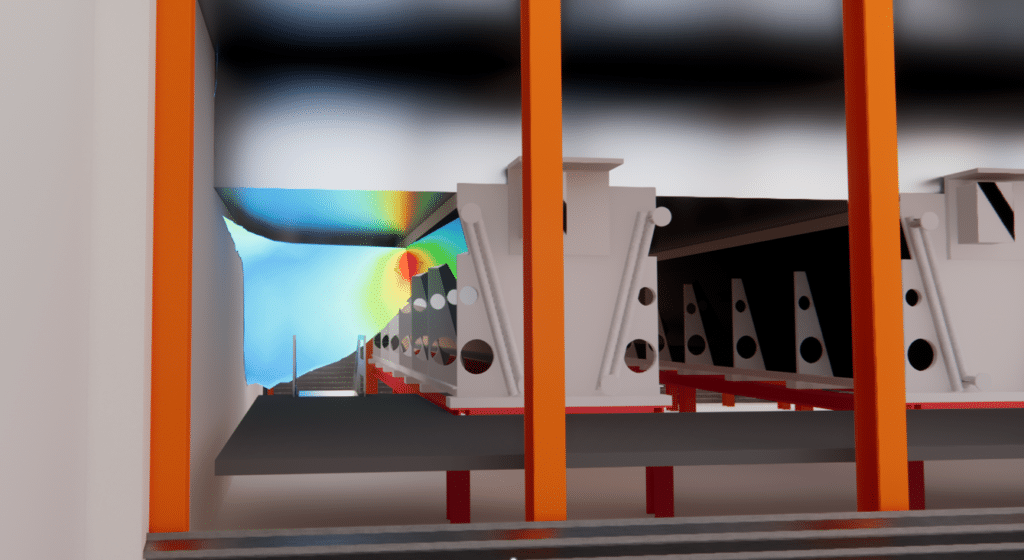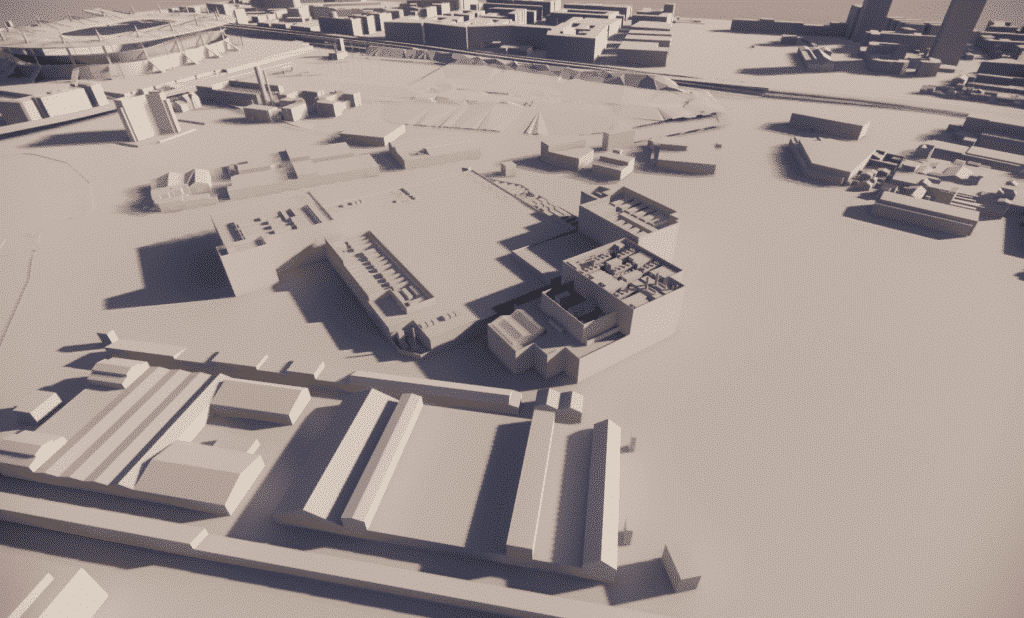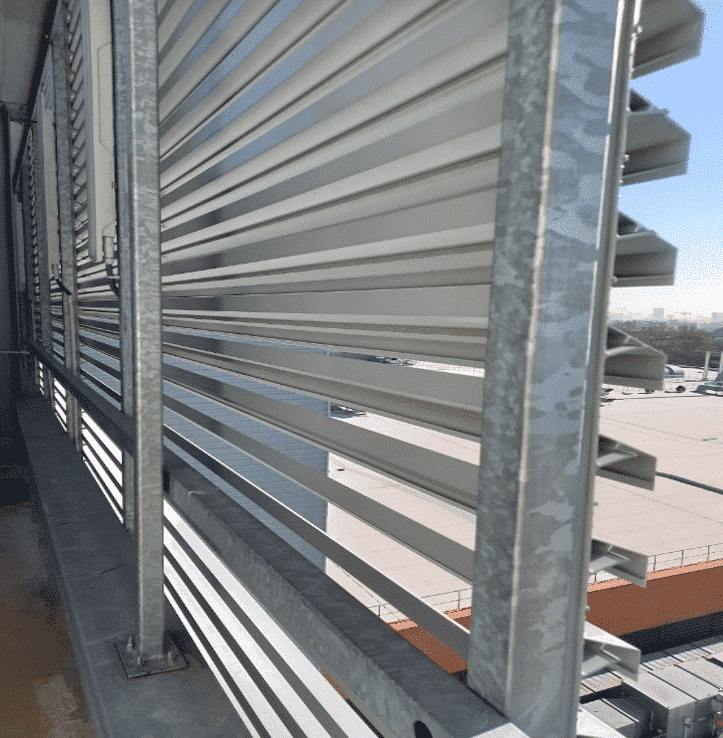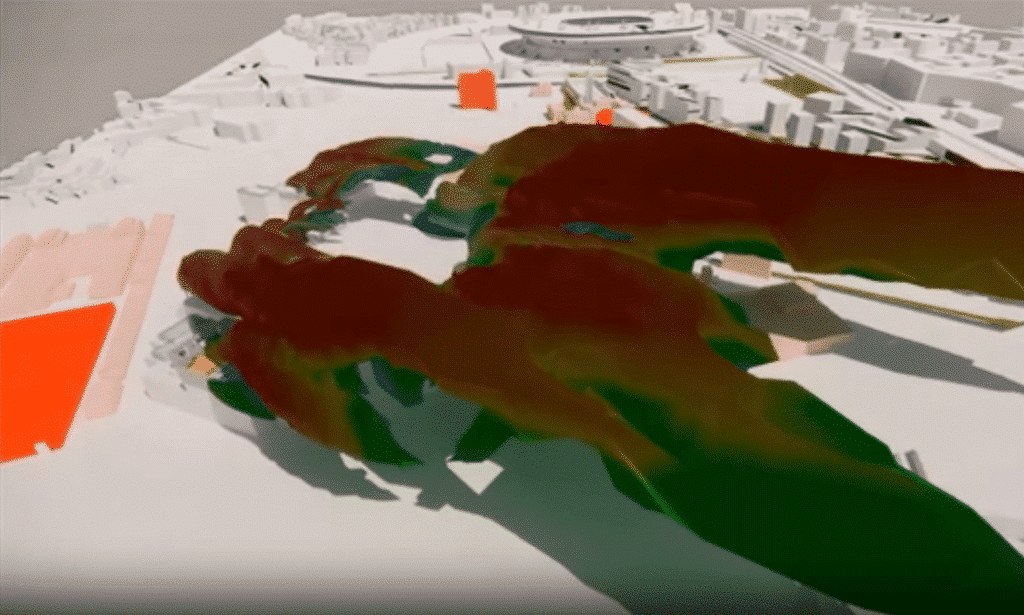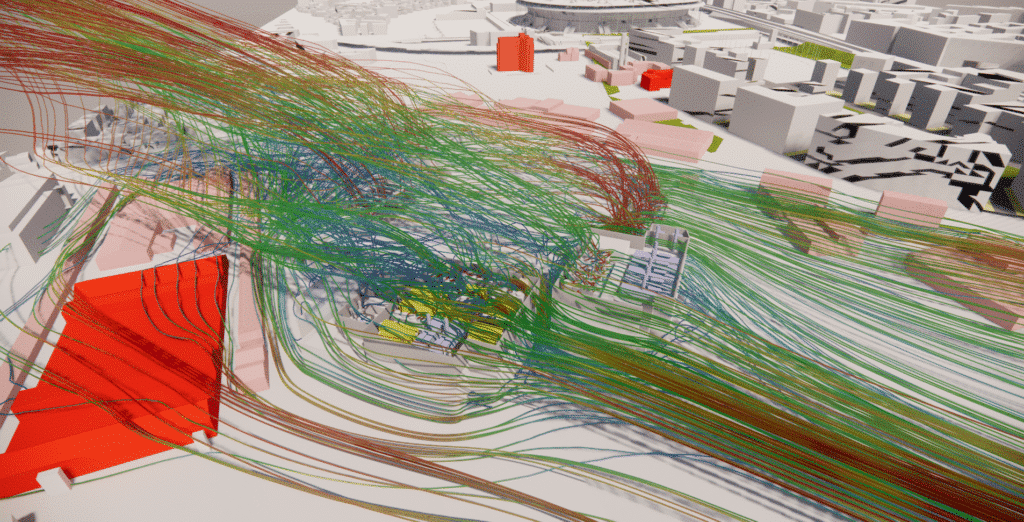Home » Data Center » External CFD simulation for data center » CFD-Data Center – Saint Denis
CFD-Data Center – Saint Denis
External CFD Study - Data Center in Saint Denis - Paris
Year
2021
Customer
Equinix
Location
France - Saint Denis
Typology
Data Center
Continue navigation :
Our other projects :
Latest news :
Technical files :
Project description
context
Equinix is the world leader in interconnection and data data centers. Equinix data centers are located in most countries of the world, on five continents. Paris is a place rich in networks and dense in clouds and is one of the most important central connectivity hubs in the world.
Equinix has opened a new data center in Saint Denis. This unique data center consists of a lower part (the existing data centers in particular) and a high part (the PA10 data center). This combination posed several technical challenges during the design and construction phase. One of these was the release of hot air and fumes from cooling systemsand power emergency generators. The relatively small space available makes it less obvious that the fresh air flow, the exhaust air and the data center fumes are always separated.
External CFD simulation of a data center
In the very large-scale data center environment, cooling system standards capable of responding to changes in IT industries are needed due to the increasing density of IT equipment (more than 10 kW / rack). Cooling to remove heat from high-density computing equipment is a key consideration for data centers. These calories are evacuated by a series of systems placed in high concentration on the roof.
Equinix subcontractors, CCI and IMOGIS, asked EOLIOS to carry out an in-depth analysis of the flows around the building. Therefore, we created a detailed computer model including surrounding buildings, all data center rooftop cooling devices, all exhausts, air intakes and details such as windscreens, louvers and roofs. . We then used this model to calculate air flow, temperatureand water vapour (relative humidity) distributionin several scenarios.
These scenarios vary depending on the operational mode (normal, maintenance, emergency) and the weather conditions (high or low temperature, wind speed and direction).
The study provided both contractors and Equinix with detailed information on what could happen under various circumstances. It was used to complete the risk assessment , optimize the design , and determine the power consumption of the data center. The information provided by CFD study study has enabled us to optimally solve the associated engineering challenges.
Dimensioning of external CFD studies
CAD model
The CAD model produced includes the geometry of the project and its environment within a radius of 800m. It was created from existing 3D models, cadastral plans and by integrating the projected projects of the data center.
Consideration of windscreens
The CAD model produced includes the geometry of the project and its environment within a radius of 800m. It was created from existing 3D models, cadastral plans and by integrating the projected projects of the data center.
What is a metal windbreak?
A metal windbreak is a device that is designed to reduce noise and vibration generated by the wind. It is typically designed to be installed on the outside of walls or windows and consists of a hollow metal frame with a metal veil wrapped around it.
This type of element allows the windbreak aspect of the windscreen to be taken into account, while leaving an equivalent air transfer.
Consideration of DRY in wet mode
EOLIOS engineers have modeled adiabatic coolers that operate as dry coolers for most of the year. They use water for adiabatic cooling of the intake air only when the ambient air temperature or the cooling load is high (+35 C°).
In adiabatic mode, these systems incorporate a two-stage process. Water evaporation is used to cool the air entering the cooler by spraying water into the air stream or spreading it over a medium through which the air flows. At 42.1°C and 29.6% RH, the DRYs discharge air at 31.5°C and 98% RH.
Integration of the impact of adjacent buildings
As part of this CFD study, we incorporated the major systems of the adjacent buildings into the study model. We recall that these systems are studied in a simplified way, in this framework the assumptions of dimensioning of these systems which have therefore approximate values.
In order to dimension these systems and to obtain an accuracy close to the real one, the EOLIOS engineers use the same technical characteristics as those detailed in the data sheets of the reference building. On the other hand, only the main equipment is modeled.
This technical approach is valid for this scale, but can lead to discrepancies in the dimensioning compared to the reality at the level of the installed powers. Within this framework, all analyses related to the study’s ancillary buildings should be considered trends.
The main objective of this type of analysis is to study the possible disturbance of these systems by the detailed technical systems of adjacent buildings.
Dimensioning of external CFD studies
EOLIOS ingénierie brings its expertise on the whole site and works for different scenarios. Here we have an excerpt from that study that addressed the various prevailing winds at the site that could potentially affect and disturb the site.
On the roof of the site, there is a problem related to the west wind.
The calories extracted from the generators are directed to the Dry adiabatic. 2/3 of the dry which are slightly disturbed with a localized increase of the temperatures.
Summary of data center studies
Continue on this topic
Video summary of the study
Our engineering mission is to understand the thermo aeraulic phenomenon present on a data center roof. Visit simulation CFD exterdo d‘a data center mountre the heat distribution and air velocities à l‘extérieur from center from donationnées. Elthe peut également mountrer how l‘air is acheminé à l‘intérieur from center from donationnées, especially in naturally ventilated rooms such as those of generators.
From more, elthe mountre how l‘air is ventilated roofing and how works the air coolers. Visitend, elthe peut aider à compmakesre how these air coolers could être optimiss for improve efficiency energy and reduce electrical costs.
Discover other projects
Simulation and optimization of thermal plumes – Data Center
Engineering smoke extraction in a data center
External & internal CFD – Data Center Hyperscale
CFD Optimization – Data Center
Data Center – DC28 – Internal
Pressure loss study – Generator – Data center
Data Center – PA 22 – External
Technical premises – Data Center
Cooling optimization – Data Center
Data Centers – DC15.1 & DC15.2 – External
Data Center – Paris
Data Center – GAZ NOVEC
CFD-Data Center – Saint Denis
Data center – DC25 – Internal
Data center – DC17 – Internal
Data Center – DC10 – Internal
Data center – DC25 & DC26 – External
Data center – D14 – External
Data center – DC17 – External
DC23 – External

